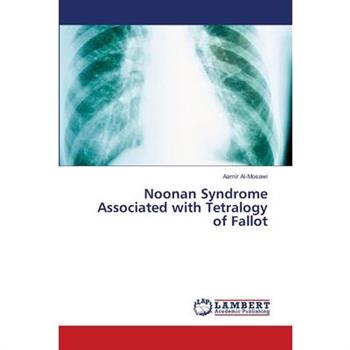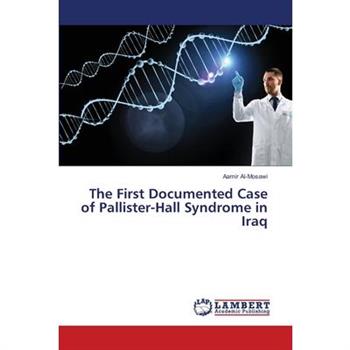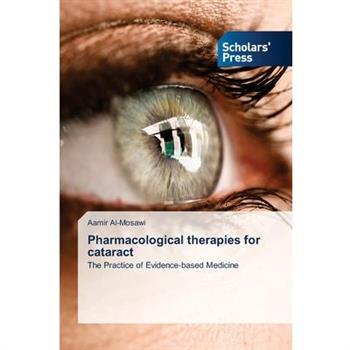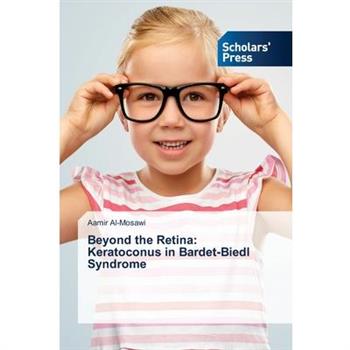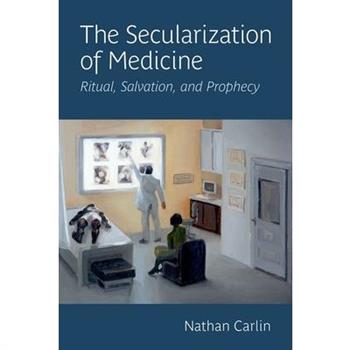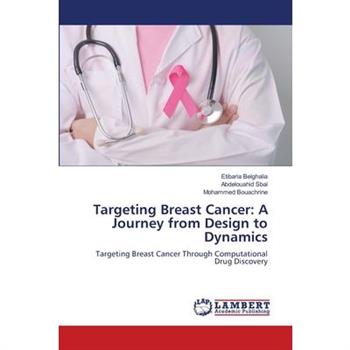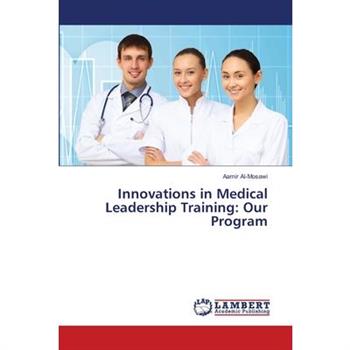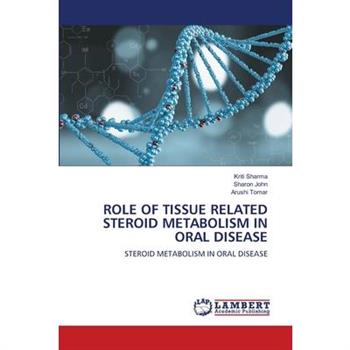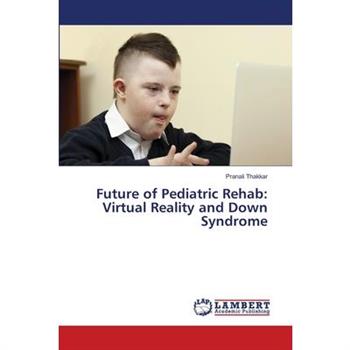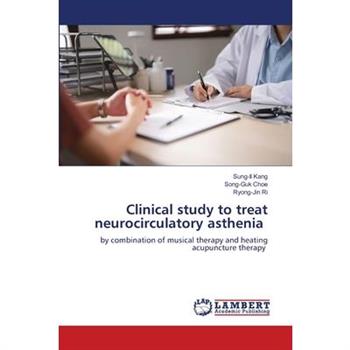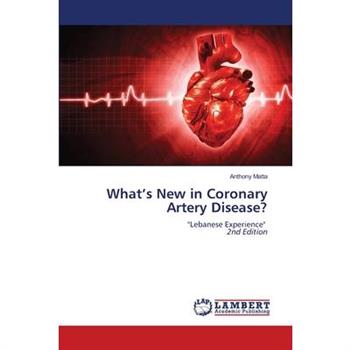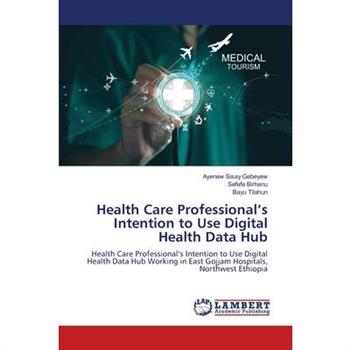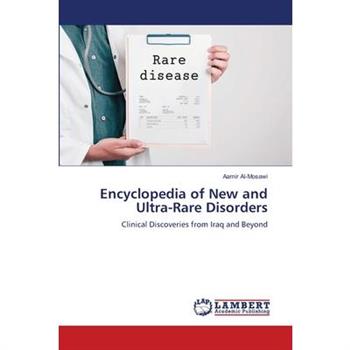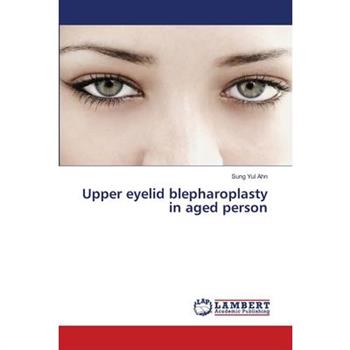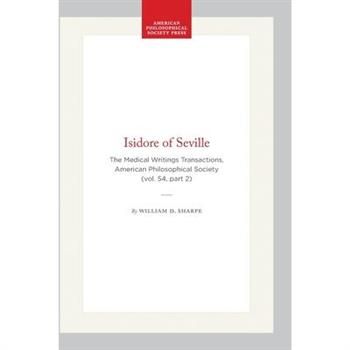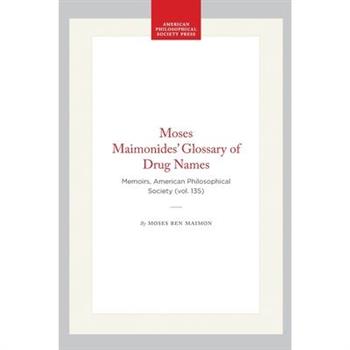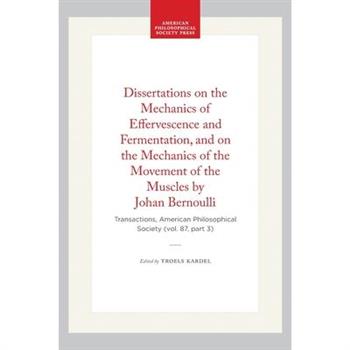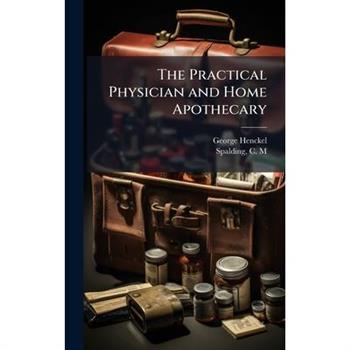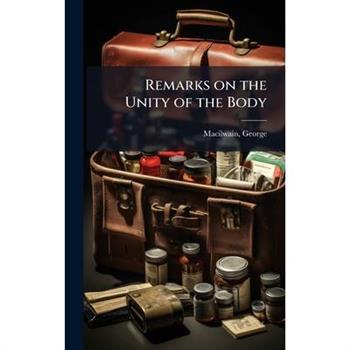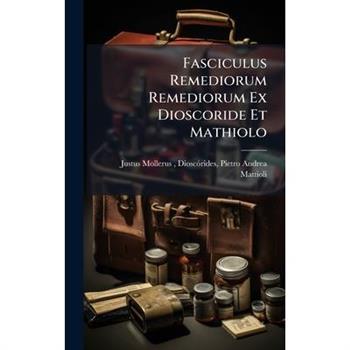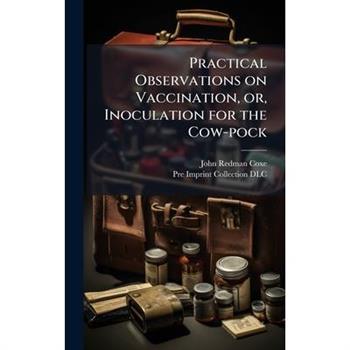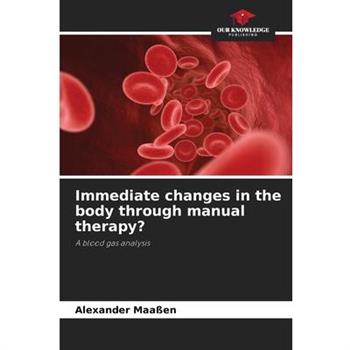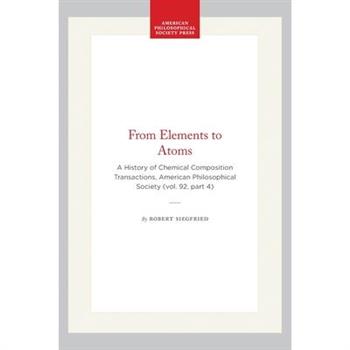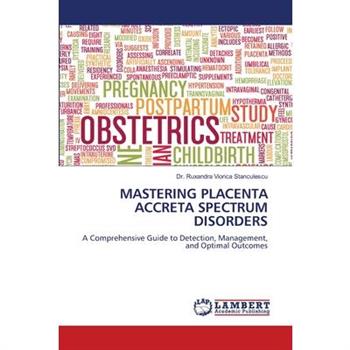Noonan Syndrome Associated with Tetralogy of Fallot
Pharmacological therapies for cataract
Cataracts, a major cause of serious visual impairment, have been treated since ancient times, beginning with rudimentary methods like couching. Surgical techniques evolved significantly over centuries. Non-surgical approaches to delay or prevent cataract formation have been increasingly a focus of research. The study in this book aims to summarize and critically evaluate the existing evidence on the efficacy and mechanisms of pirenoxine in the management of cataract and related ocular conditions. Pirenoxine exhibits multiple pharmacological actions that may delay cataractogenesis. While promising, its global clinical use is limited due to the lack of large-scale randomized controlled trials. While Pirenoxine (Catalin) eye drops offer a pharmacological approach to delaying cataract progression via local ocular mechanisms, growing evidence suggests that systemic antioxidant supplementation may offer synergistic benefits.
Ethical Smart Care
Smart care has become a realistic prospect for supporting people living with long-term conditions, promising tailored, responsive care through remote monitoring. The promise is more efficient and more effective care, allowing people with long-term conditions to live well for longer in the place of their choice. That promise, however, is offset by considerable risks such as intrusive or unacceptable surveillance, care that becomes more about data than human contact, hidden biases serving some populations at the expense of others. The question remains: Can we build what we value into smart technologies? Ethical Smart Care explores how we move toward smart care infrastructures that provide more of the benefits and avoid the risks, offering provocative ideas for those involved both in the development and implementation of health care technologies. By considering how the smart care scenario plays out for those living at home with dementia, it explores how developers, healthcare professionals, carers, and users of smart care navigate day-to-day ethical challenges. This everyday perspective illustrates the diverse forms of expertise that come together, and sometimes collide, in the delivery of technologized care. By considering ethics as something that we all do in our everyday lives, rather than as a set of abstract principles, Christine Hine conceptualizes ethics as emerging through the practices and languages deployed by everyone linked to smart care, from policy makers, designers, and researchers to clinicians, carers, and users. Hine identifies key moments in the design, implementation, and use of smart healthcare tools with ethical connotations for those involved, highlights the need for better communication to inform the design and rollout of smart care infrastructure, and considers how we can steer innovations in the field of smart care to maximize the work that they can do for good and minimize the risks of inadvertently causing harm.
Practical Problems and Approaches in Genetic Counseling
This innovative text aims to help the genetic counselor in training and in practice prepare for the challenges arising in everyday patient scenarios, from genomic medicine, communication challenges, ethical issues, and emerging topics in a fast moving field.
Comprehensive Study of Digestive Problems in Patients
The digestive system and the central nervous system are connected by various nerve fibers or neurons. The connection between the digestive system and the human brain is a two-way process. Improper functioning of the digestive system can lead to sending incorrect messages to the brain. Also, dysfunction in the brain can lead to digestive problems. The digestive system contains many nerve neurons, so the digestive system is highly susceptible to stress. As you have probably experienced, the effect of anxiety on your digestive system is no less than that of unhealthy nutrition, which is why the gut is also called the second brain.
Hacking Humanity
'No-one explains cutting edge science and technology more clearly than Lara' Lorraine KellyOn average we spend 20-25% of our lives in poor health - but what if we could change that? What if we could stop cancer in its tracks, lose weight at will and even reverse the signs of ageing? With breakthroughs in artificial intelligence, disease prevention and decoding our genetics, it might all be possible sooner than you think. In Hacking Humanity, technology journalist Lara Lewington takes us to the cutting edge of scientific research to demystify how new innovations are transforming our healthcare for the better. Drawing us into the science behind the world's healthiest people, from the Blue Zones to Silicon Valley, while experimenting with the new technology already available, she examines the real challenges ahead and how we can overcome them. This holds the power to significantly increase the amount of time we spend living in good health - and may boost our lifespans in the process too. Discover how you can harness the power of data to start improving and protecting your future health right now, and learn how the world's leading experts are developing technologies that will help us all enjoy more of our lives in the years to come.
Beyond the Retina
Corneal ectasia is a group of progressive disorders characterized by thinning and protrusion of the cornea, which includes conditions such as keratoconus, keratoglobus, and pellucid marginal degeneration. Bardet-Biedl syndrome, a rare autosomal recessive genetic disorder, is primarily recognized for its hallmark features, including retinal degeneration leading to progressive vision loss, obesity, polydactyly, and various systemic abnormalities. While ocular manifestations are well-documented in Bardet-Biedl syndrome, the association with corneal ectasia, particularly keratoconus, is exceptionally rare. The first documented case of keratoconus in a patient with Bardet-Biedl syndrome was reported by Fran癟ois et al. in 1982. This book highlights the second known case of Bardet-Biedl syndrome associated with keratoconus, shedding new light on the potential systemic involvement of corneal ectasia in this syndrome. In addition, this book explores the latest evidence-based therapies for managing ocular abnormalities in Bardet-Biedl syndrome patients, including advancements in retinitis pigmentosa treatment.
Leea indica (Burm.f.) Merr.
This book provides an in-depth exploration of Leea indica (commonly known as Bandicoot Berry), a medicinal plant with significant ethnobotanical relevance and emerging pharmacological interest. Distributed widely across tropical and subtropical regions, particularly in Asia and the Pacific Islands, Leea indica has been traditionally used in Ayurveda and various folk medicine systems for treating diverse ailments. The text meticulously compiles information on its taxonomy, morphology, distribution, phytochemistry, microscopy, and medicinal potential, grounded in both traditional knowledge and modern scientific research.
Innovations in Medical Leadership Training
Clinical study to treat neurocirculatory asthenia
What's New in Coronary Artery Disease?
Encyclopedia of New and Ultra-Rare Disorders
Upper eyelid blepharoplasty in aged person
Practical Observations of Dropsy of the Chest (Breslau, 1706)
This is a print on demand edition of an important, hard-to-find publication.
Isidore of Seville
This is a print on demand edition of an important, hard-to-find publication.
Moses Maimonides' Glossary of Drug Names
The ten authentic medical treatises of Moses Maimonides lay dormant in manuscript form for many centuries. In the mid-1900s, Hebrew editions of these works were published under the editorship of the late Suessman Muntner of Jerusalem. The pub. of several of these works in English followed, incl. Maimonides' treatises on Asthma (19643), Regimen of Health (1964), Poisons (1966), Hemorrhoids (1969), Responsa (1969), Aphorisms (1970-71), and Sexual Intercourse (1974). This important work represents one of the remaining three Maimonidean treatises that were not yet available to the English reader in 1979, when this volume was published. It has been translated from Max Meyerhof's French Edition. This is a print on demand publication.
Physiologia of Jean Fernel (1567)
Jean Fernel (1497-1558) was one of the foremost medical writers of his day, ranked by his contemporaries alongside Andreas Vesalius, reformer of anatomical studies, and Paracelsus, radical reformer of theories of disease and treatment. He is arguably the leading expositor of the Galenic system of medicine. He exemplifies in his Physiologia the method and approach of a typical Aristotelian philosopher in the period immediately before the downfall of Renaissance Scholasticism. John Forrester offers the Physiologia here in its entirety and provides, for the first time, a complete English translation of the work.
Reproductive Immunogenetics: A Molecular and Clinical Overview
Immunogenetics: A Molecular and Clinical Overview: Immunogenetic Factors and Signaling Pathways in Recurrent Miscarriage, Volume Four provides an overview of the scientific knowledge, achievements, and findings in the field of immunogenetics of recurrent pregnancy loss. With a strong focus on the role immune cells can play in recurrent pregnancy loss, the book also examines immune therapeutic aspects. In seventeen chapters, the book describes the roles of several different signaling pathways and the role of JLA and microRNAs in recurrent pregnancy loss. Several chapters are dedicated to the role autoimmune antibodies play in recurrent pregnancy loss. This book is a valuable resource for health professionals, scientists, researchers, and all those who wish to broaden their knowledge in the allied field.
Reproductive Immunogenetics: A Molecular and Clinical Overview, Vol. 3
Immunogenetics: A Molecular and Clinical Overview, Vol. 3, Immune Cells and Immunotherapeutics in Recurrent Miscarriage provides an overview of the scientific knowledge, achievements, and findings in the field of immunogenetics of recurrent pregnancy loss. With a strong focus on the role immune cells can play in recurrent pregnancy loss, the book also examines immune therapeutic aspects. In fifteen chapters, the book describes the roles of both helper cells, nature killer cells, lymphoid cells, regulatory cells and macrophages in recurrent pregnancy loss. In addition, it describes clinical outcomes of several therapies and gives insight into new treatments. This new release is a valuable resource for health professionals, scientists and researchers, and all those who wish to broaden their knowledge in the allied field.
Dissertations on the Mechanics of Effervescence and Fermentation, and on the Mechanics of the Movement of the Muscles by Johan Bernoulli
The two "physico-mechanical" dissertations by the Swiss mathematician Johan Bernoulli, "On Effervescence and Fermentation" and "On the Movement of Muscles," published here for the first time in English translation by Paul Maquet, are treatises belonging to the 17th century European academic tradition. In both works the author employs the new mechanical philosophy of science. Contents of this volume: Introduction by Troels Kardel, M.D., including a short biography of Bernoulli; the translated texts of the two dissertations; references; and glossary. Illustrations.
Transmitting a Text Through Three Languages
In the 12th and 13th cent., Western Europe became possessed of Latin versions of most of the works of Greco-Arabic science & philosophy. These included works originally written in Greek & subsequently translated into Arabic, as well as works in Arabic by Christian, Muslin, and Jewish scholars. The new material helped create the new univ. of the 13th cent. and transformed the foundations of medieval thought. This study focuses on a short text by Galen, Peri anomalou dyskrasis, whose Greek text has recently been edited. Contents: (1) The Arabic translation from Greek by Hunayn ibn Ishaq (d. 873); The Latin Translation from Arabic by Gerard of Cremona (d. 1187); The Hebrew Translation from Latin by David b. Abraham Caslari (d. c. 1315); (2) The Texts: The Arabic Text; The Arabic-English Translation; The Latin Text; The Hebrew Text; (3) Glossaries: Arabic-Latin-Hebrew; Latin; Hebrew.
Isaac Israeli's the Definition of Fever and Its Essence in Its Hebrew Translations
Isaac Israeli (ca. 855-932 CE, Kairouan) was part of the first generation of authors who began to build a legacy of medical and philosophical knowledge based on Arabic translations of Greek writings and on their own experience. Isaac Israeli wrote at least three medical monographs, among them the Book on Fevers, which is composed of five treatises. The first of these, entitled Book on the Definition of Fever and Its Essence, is the subject of this work. In his book, Isaac Israeli writes about fever more from a philosophical than a medical point of view and this is what makes the Book on the Definition of Fever and Its Essence such an exceptional work. The success of Isaac Israeli's medical book is a notable example of the transfer of science from the East to the West. Translations of Isaac Israeli's medical books became compulsory reading in most European universities during the Middle Ages. Moreover, this transmission phenomenon increased when Jewish communities in Europe became aware of and interested in this literature and translated it into Hebrew, as well as when the vernacular languages started to play a role in medical literature. This particular text was translated into Latin, into Hebrew twice, as well as into Old Spanish. Isaac Israeli is a key figure who deeply impacted medieval medicine through the birth of a rich corpus of philosophy and, especially, of medicine, who explored the interaction between philosophy and medicine, translated this Greek-Arabic medicine from Arabic into Latin and other languages, and influenced the rise of Jewish authors, whose use of language was conditioned by the Islamic or European Christian environment
Observations on the Efficacy of White Mustard Seed
The Mercers' Company Lectures on the Fluids of the Body
Immediate changes in the body through manual therapy?
This study investigates whether a very short therapeutic treatment involving two pulses to the second cervical vertebra has an effect on blood composition or the blood buffer system. To this end, 21 test subjects were examined in an RCT study before and after receiving either the active treatment or a placebo, using blood gas analysis. The blood gas analyses were read using the Epoc system and evaluated in correlation analyses with pH. The evaluation method takes into account individual buffer capacities and stress levels. This provides a new understanding of 'stress' and clarifies how it affects blood gases and buffer systems in the body. So can such a short treatment really lead to a direct change in the body that can be measured in the blood? And what does this mean? Is it possible to demonstrate physical relief?
From Elements to Atoms
Seeking to enlarge an understanding of the nature of chemical science & explain how the concepts being taught in the classroom came to be, Siegfried presents a simple, readable account of how in the 18th cent. chemical composition slowly abandoned the centuries- long tradition of metaphysical elements of earth, air, fire, & water. Through the work of such scientist as Lavoisier, Dalton, & Davy, chemical theory moved from metaphysical elements to operationally functional atoms. The book is based on chemical writings of 17th- & 18th-cent. chemists; references to recently published secondary works are intended for the benefit of readers who wish to enlarge their perspectives on the development of early chemical thinking.
Mastering Placenta Accreta Spectrum Disorders
In an era where placenta accreta spectrum disorders are becoming increasingly prevalent, this authoritative guide provides healthcare professionals with crucial insights into managing these challenging obstetric conditions. Written by a distinguished team of experts led by Dr. Ruxandra Viorica Stanculescu, this comprehensive resource combines cutting-edge research with practical clinical applications. The text meticulously covers everything from early detection strategies and diagnostic imaging to surgical techniques and multidisciplinary team approaches. Special attention is given to critical aspects such as hemorrhage management, innovative surgical interventions, and optimal timing of delivery. With detailed protocols, evidence-based recommendations, and real-world clinical experiences, this book serves as an indispensable reference for obstetricians, gynecologists, maternal-fetal medicine specialists, and all healthcare providers involved in managing placental disorders. The authors' emphasis on early diagnosis, careful planning, and team-based care provides readers with the tools needed to improve maternal and fetal outcomes in these high-risk cases.




